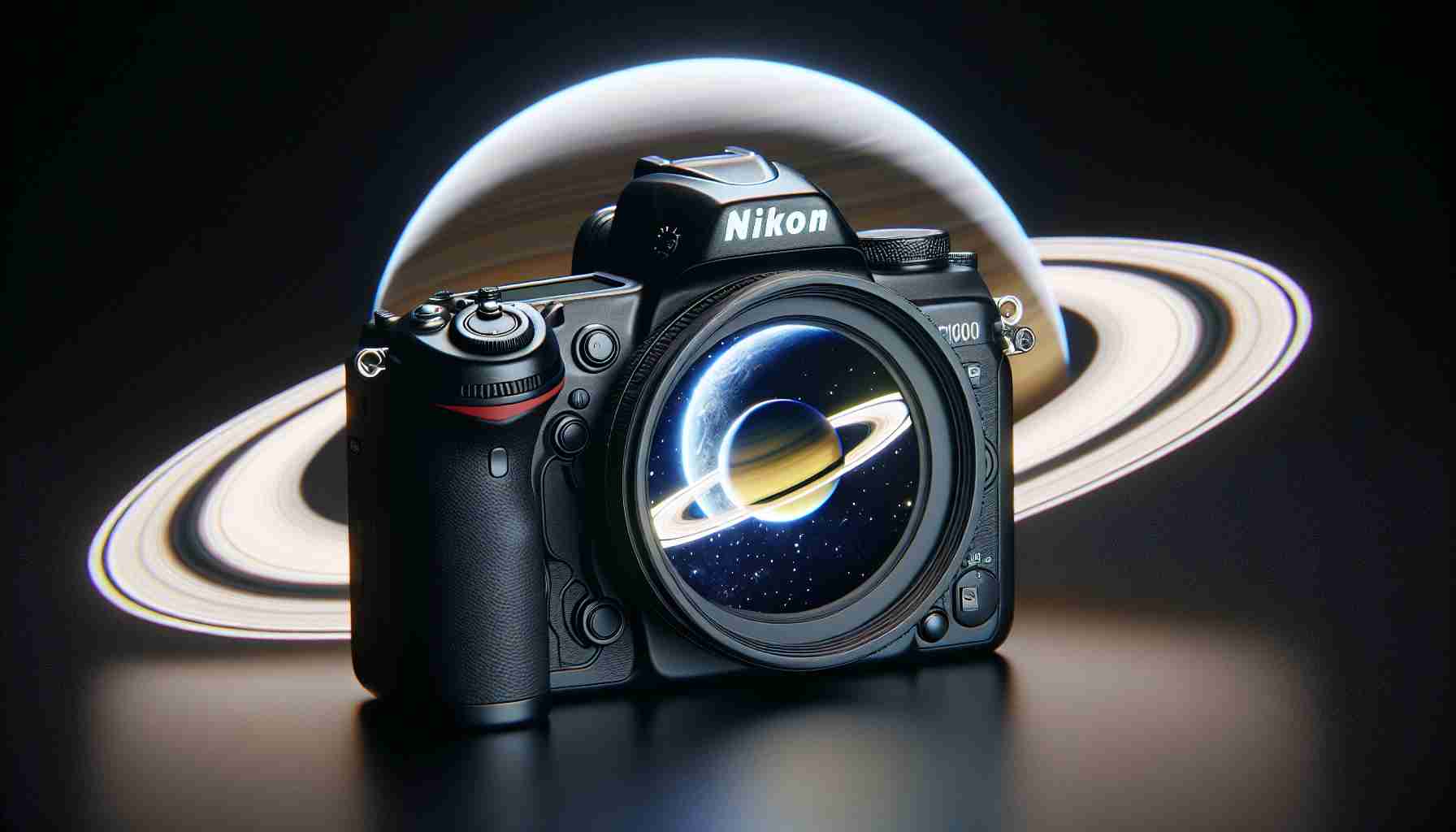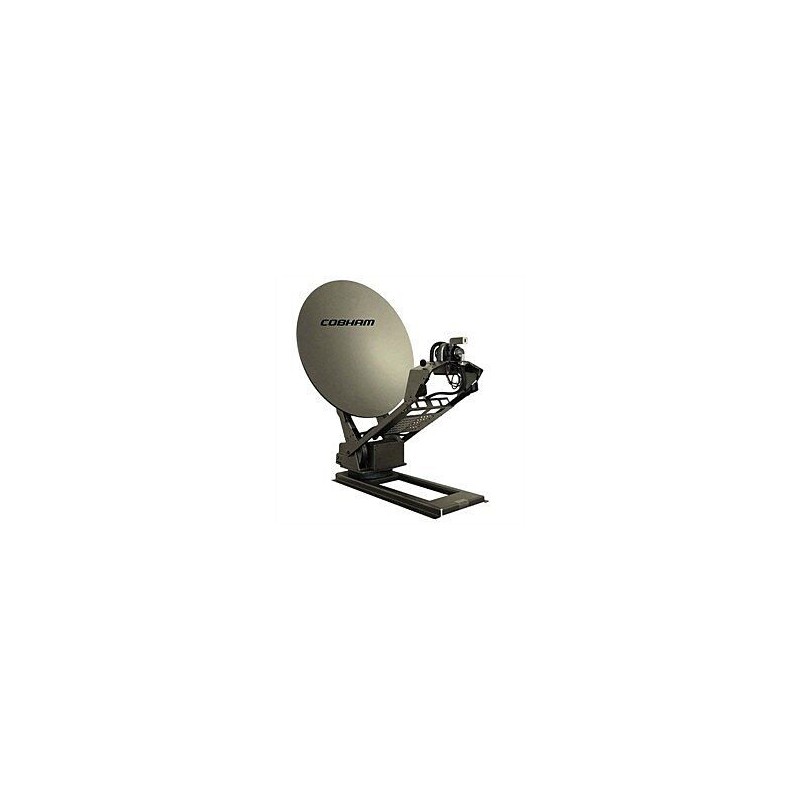The quest to capture the beauty of celestial bodies has inspired amateur astronomers and photographers alike. Among the array of equipment available, the Nikon P1000 stands out for its remarkable capabilities, especially when it comes to photographing distant planets like Saturn. With its powerful optical zoom and impressive sensor technology, the P1000 provides enthusiasts with a unique opportunity to explore the wonders of our solar system from the comfort of their own backyards.
The Nikon P1000 is equipped with a 125x optical zoom lens, which translates to an equivalent focal length of 24-3000mm. This unparalleled zoom capacity allows users to photograph distant objects with extraordinary detail. When targeting Saturn, which orbits approximately 1.2 billion kilometers from Earth, this capability becomes invaluable for bringing the planet into clear focus. Moreover, the P1000’s backlit sensor captures high-quality images even in low-light conditions, making it a powerful tool for astrophotography.
Saturn is famous for its spectacular ring system, composed of ice particles, rocky debris, and dust. Observing and documenting these rings requires a camera that can resolve fine details. The Nikon P1000 allows for such high-resolution imaging thanks to its advanced image stabilization technology, which reduces blur caused by camera movement during long exposures. This feature is particularly useful when shooting at high magnifications, where even the smallest shake can result in a less-than-optimal image.
Understanding the best practices for photographing Saturn with the P1000 can further enhance the results. It is recommended to use tripods to stabilize the camera and to shoot during specific times, such as when Saturn is positioned high in the sky. This positioning minimizes atmospheric distortion, leading to clearer images. Additionally, utilizing the camera’s manual focus feature can improve clarity, allowing the user to pinpoint the focus on the planet rather than on atmospheric disturbances.
Furthermore, the Nikon P1000 supports RAW shooting, which is essential for post-processing images. Astrophotographers often require extensive editing to bring out details, colors, and contrasts in their photographs. RAW files capture more information than JPEGs, giving photographers the flexibility to enhance their images and reveal the stunning structure of Saturn and its rings through digital manipulation.
In conclusion, the Nikon P1000 represents a monumental advance for amateur astronomers looking to explore the cosmos, allowing them to capture awe-inspiring images of distant planets like Saturn. With its robust zoom, stabilization features, and high-quality sensor, the P1000 transforms the act of stargazing into a visual adventure. Whether you’re a seasoned astrophotographer or simply an enthusiast, the Nikon P1000 provides a gateway to explore and document the beauty of our solar system.
Tips, Life Hacks, and Facts for Astrophotography Enthusiasts
Capturing the majesty of celestial bodies can be both rewarding and challenging, especially for budding astrophotographers. With the right techniques and knowledge, you can enhance your experiences and results. Here are some useful tips, life hacks, and intriguing facts to elevate your astrophotography game.
1. Optimize Your Equipment for Night Sky Photography
Before venturing out, make sure your Nikon P1000 is fully prepared. Charge your batteries and carry extras, as colder temperatures can drain them quicker. Additionally, familiarize yourself with all the camera settings that will come into play during night photography, such as ISO settings and shutter speeds.
2. Use a Sturdy Tripod
Investing in a high-quality tripod is essential for stable, blur-free images. Since astrophotography often involves long exposures, any small shake can ruin a shot. Look for tripods rated for heavy equipment and capable of adjusting to uneven surfaces to keep your camera steady.
3. Best Times to Photograph Saturn
To capture Saturn at its best, plan your sessions during its opposition period, which occurs approximately every 378 days. This is when Saturn is closest to Earth and gets better illumination, providing you with detailed images. Keep an eye on astronomy apps that show the optimal viewing times and positions.
4. Explore the Art of Stacking Images
Taking multiple exposures of the same target can be beneficial. Using software to stack these images together can improve the overall clarity and detail of your photographs. This technique minimizes noise and enhances the final output, allowing better visibility of structures in Saturn’s rings.
5. Try Different Manual Focus Techniques
Manual focusing can drastically improve your results. One effective method is using a high magnification feature to focus on a bright star or the planet’s edge before switching back to your desired composition. This ensures better results than relying on auto-focus, which can struggle in low light.
6. Know Your Filters
Utilizing different filters can enhance your images significantly. Light pollution filters can reduce unwanted glare, while color filters can help bring out the details in Saturn’s rings. Research which filters work best for your focus and invest in a few to expand your creative options.
7. Take Advantage of Astrophotography Communities
Join online forums or local astronomy clubs where amateur astrophotographers gather to share tips and experiences. Engaging with fellow enthusiasts can provide you with valuable insights into the best practices, equipment tips, and new techniques to try.
Interesting Fact: Saturn is the flattest planet in our solar system, with a polar diameter that is approximately 90% of its equatorial diameter. This unique shape influences the behavior of its rings, making them appear more pronounced when viewed from certain angles.
In conclusion, mastering astrophotography of celestial wonders like Saturn requires patience, the right equipment, and shared knowledge from a community of enthusiasts. By implementing these tips and insights, you will uncover the full potential of your Nikon P1000 and create breathtaking images of our solar system.
For more information on equipment and techniques, visit Nikon.






















